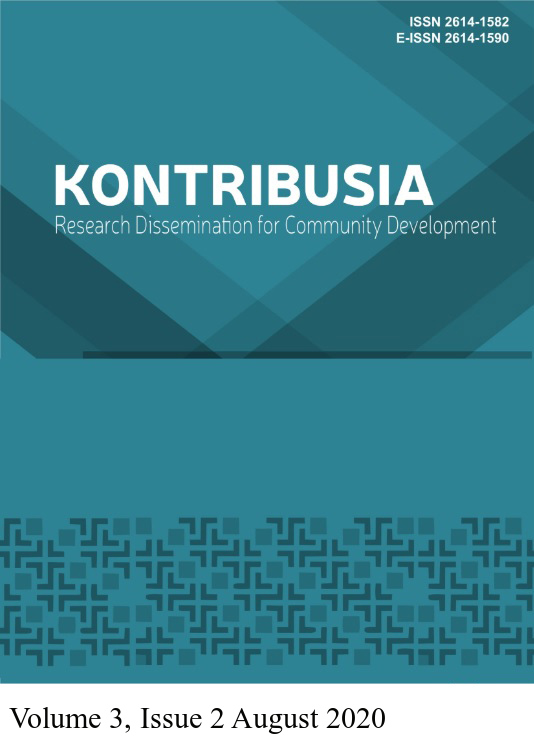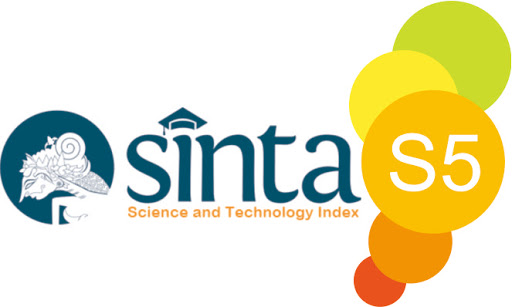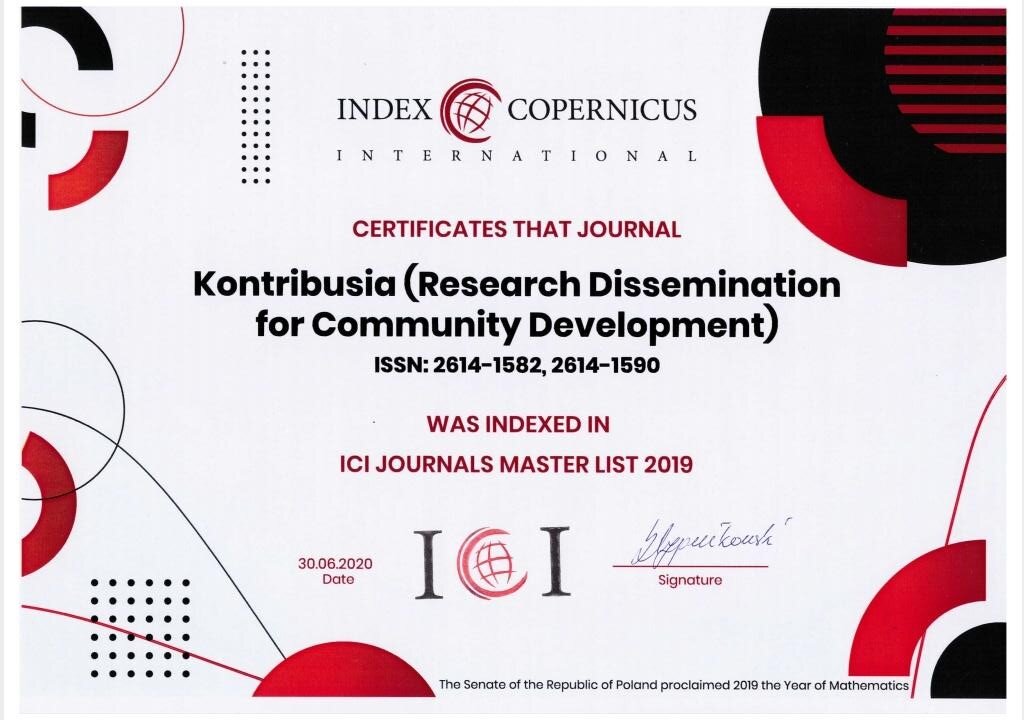Comparison of Extracts (Ethanol And Aquos Solvents) Muntingia calabura Leaves on Total Phenol, Flavonid And Antioxidant (Ic50) Properties
Comparison of Extracts (Ethanol And Aquos Solvents) Muntingia calabura Leaves on Total Phenol, Flavonid And Antioxidant (Ic50) Properties
DOI:
https://doi.org/10.30587/kontribusia.v3i2.1451Keywords:
Keywords: Extraction, solvent, phytochemical, antioxidantAbstract
Astract
Muntingia calabura plant is a plant in Indonesia that has a variety of functions. It is used as a herbal ingredient to treat certain diseases and also as an antibacterial as well as natural antioxidants. Because inside the leaves there are various bioactive compound that can be used for the sake of herbal making. The purpose of this study is to do early screening of Muntingia calabura leaf extract using ethanol and aquos solvent. The method used in extraction is maceration exaction. The phytochemical analysis performed are total phenols, total flavonoids and antioxidants (IC50). The results showed a total phenol in the ethanol extract was 361.22 mg of GAE/g total flavonoids was 42.46 mg QE/g and antioxidant activity (IC50) was 131.22 μg/mL. At the aquos extract, total phenol was 267.61 mg of GAE/g, total flavonoids was 16.22 mg QE/g and antioxidant activity (IC50) was 129.31 μg/mL. By seeing the total phenol and antioxidants in both the extract (ethanol and aquos), the Muntingia calabura leaves have the potential to be used as herbal ingredients and antimicrobial agents.










